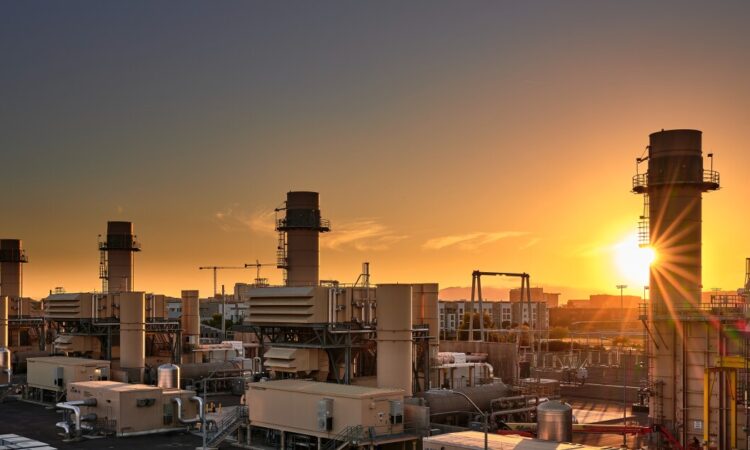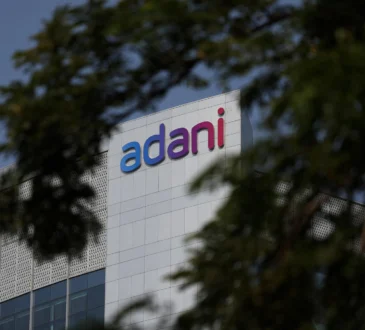
Late last month, Arizona Public Service announced it will propose a subscription model for data centers in an attempt to prevent energy costs from being shifted to residential customers.
Natural gas is set to supply most of that plan’s power.
APS currently estimates about 75% of that plan will come from natural gas, though the utility says clean energy will also be used.
That means potent greenhouse gas emissions will be produced to fulfill data center energy demands as utilities shift away from coal.
“It is a less of a greenhouse gas problem from the standpoint of compared to coal,” said Martin Pasqualetti, an Arizona State University urban planning professor.
There are still other detractors.
“You’re putting out less, but it’s more powerful.” Pasqualetti said.
While natural gas produces less carbon dioxide, it emits more methane, which traps 28 times more heat in the atmosphere than CO2.
“The objection to it is that you’re kind of still moving in the same direction. You’re still moving toward a fossil fuel future. And to the extent that there are alternatives to this, then you might want to consider doing that,” he said.
Last month, APS also announced a 2,000 MW natural gas plant that will be built near Gila Bend. It will support all users, but it is expecting a large portion will be used for data centers.
“When you make a decision to build any kind of power plant, you’re making the decision to operate for several decades. So, that locks you in for like two generations to a fossil-based fuel,” he said.
Pasqualetti said there are other moves data centers could take to be more reliant on renewable energy, like shifting peak demand to when solar production is at its highest.



